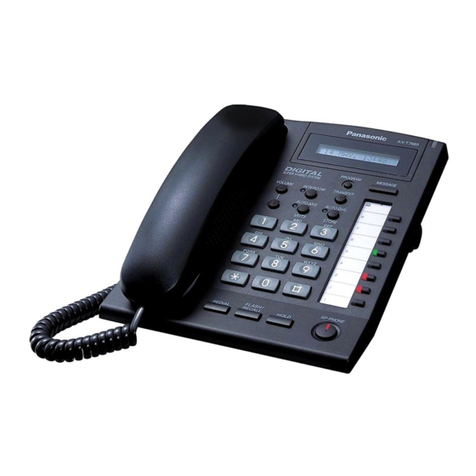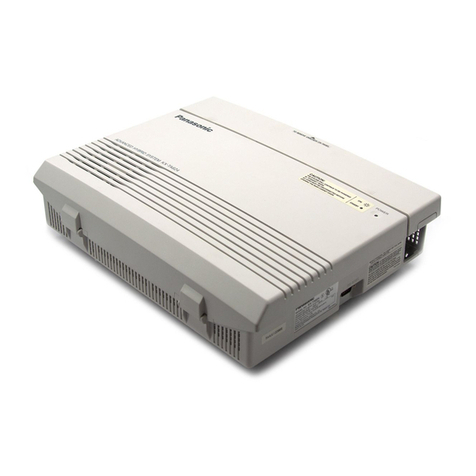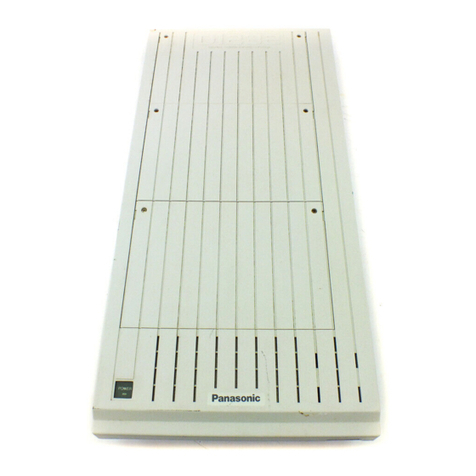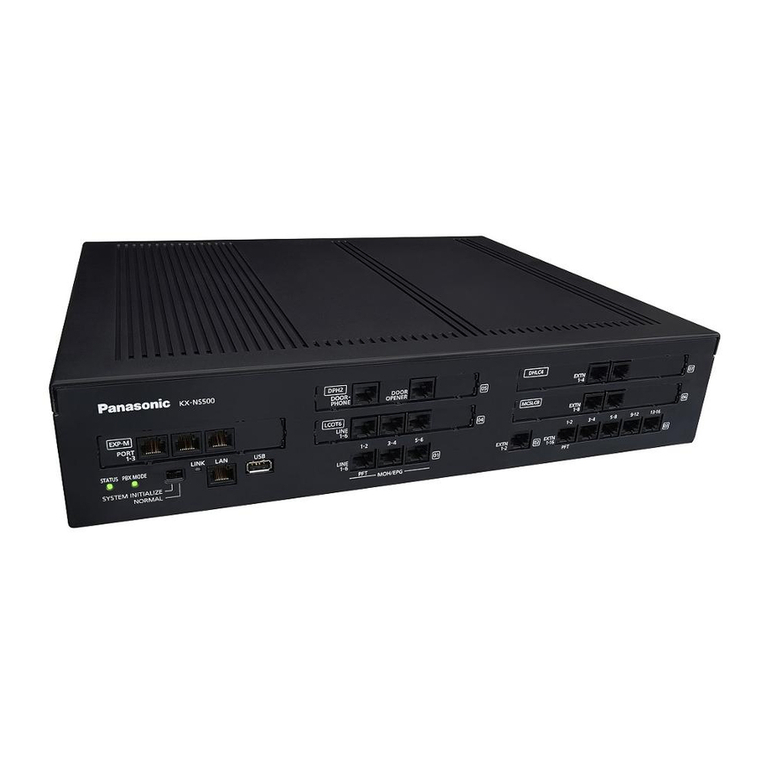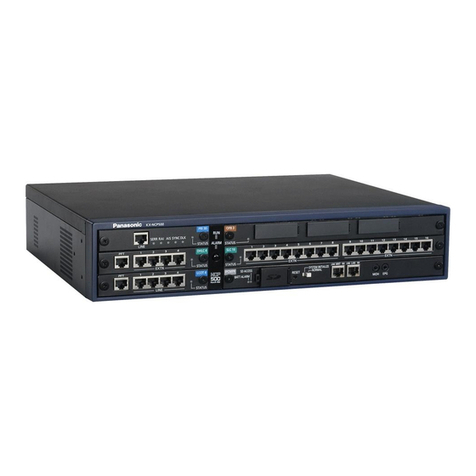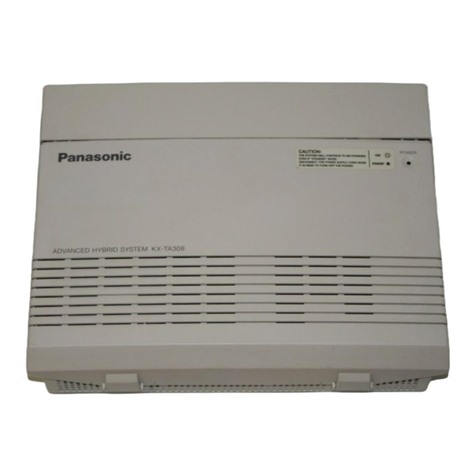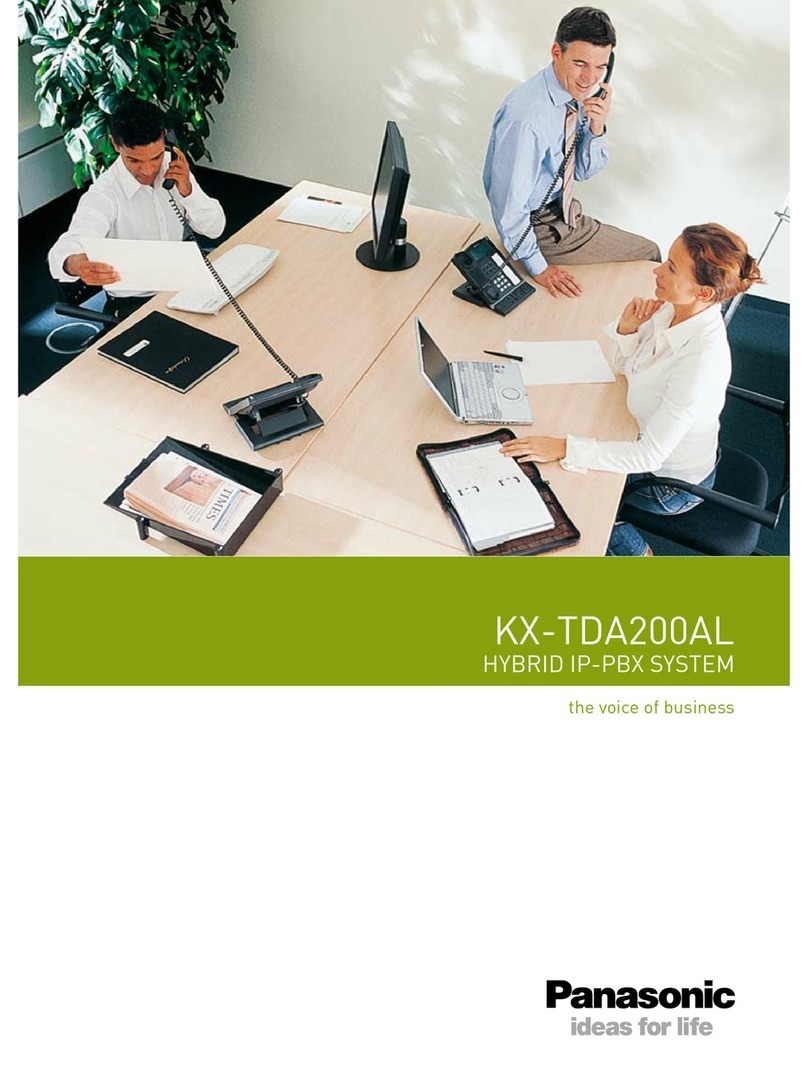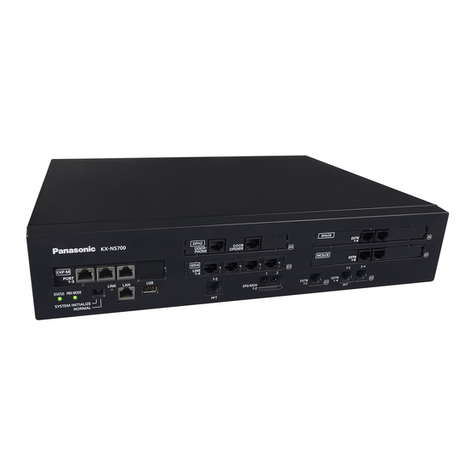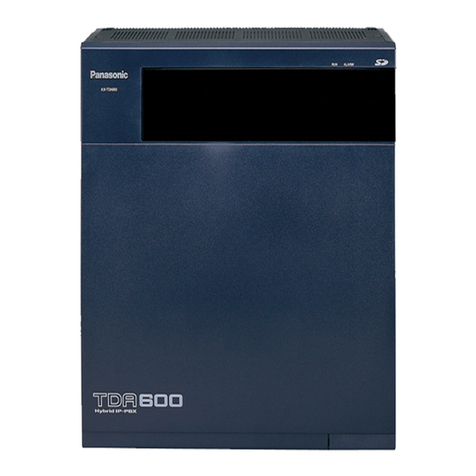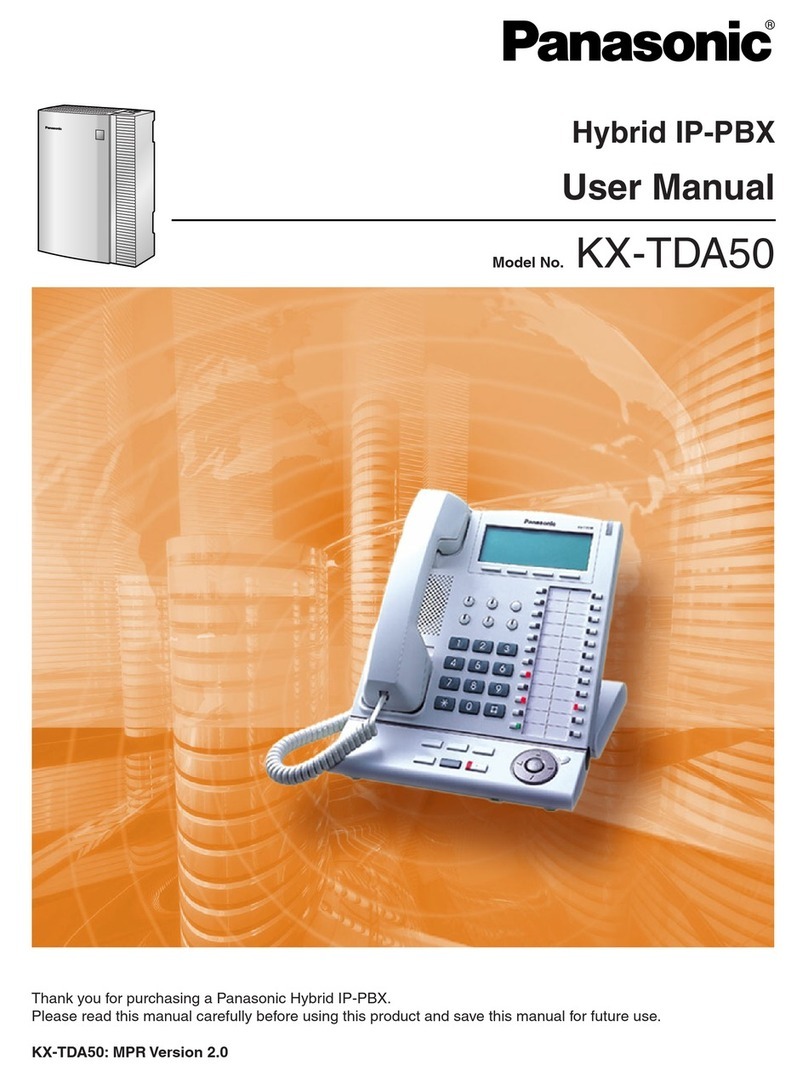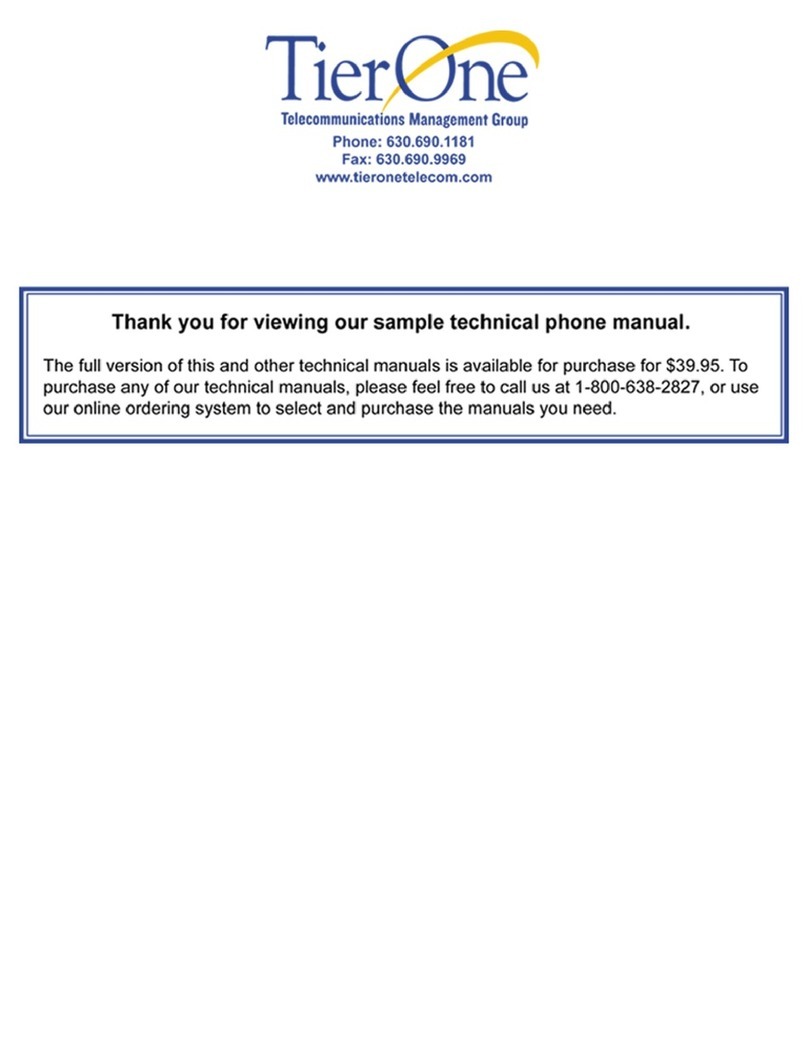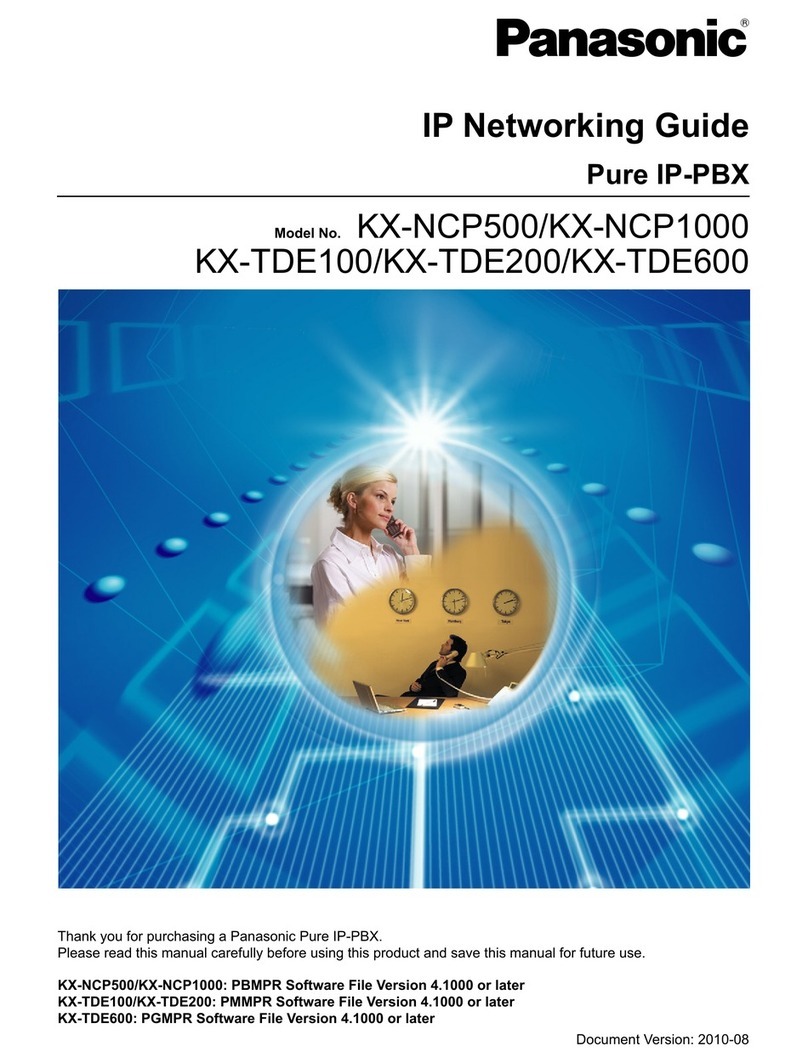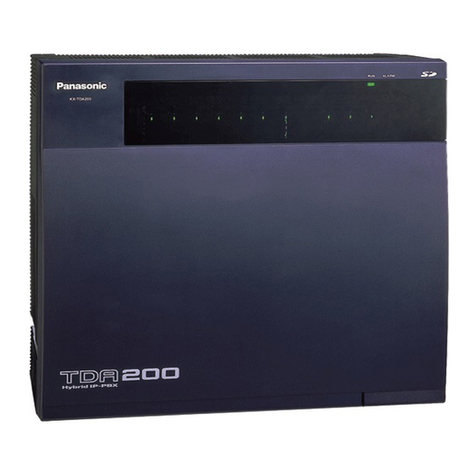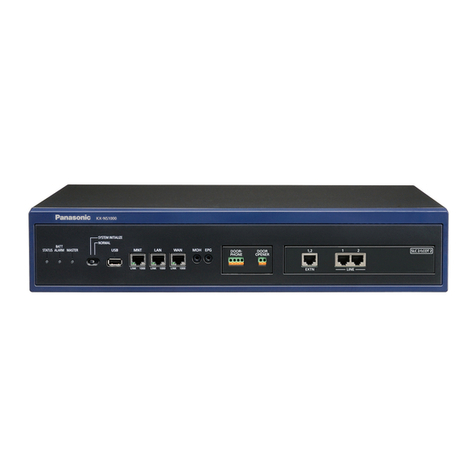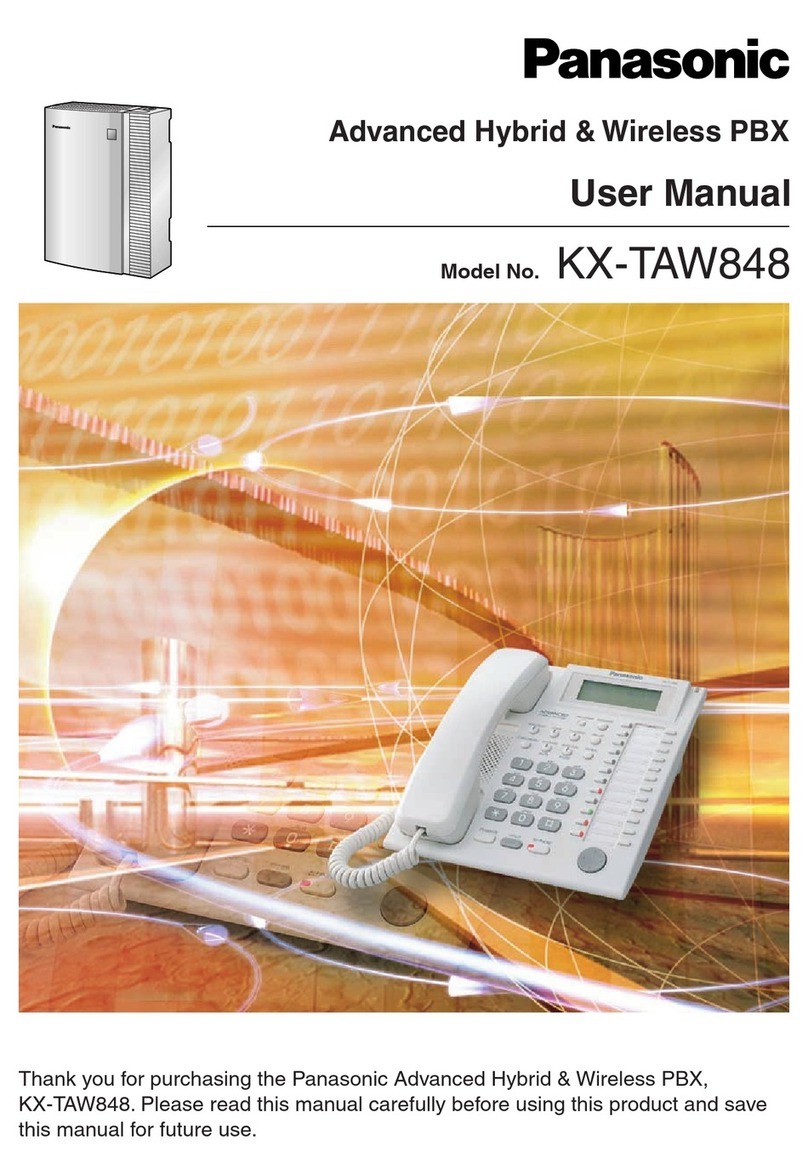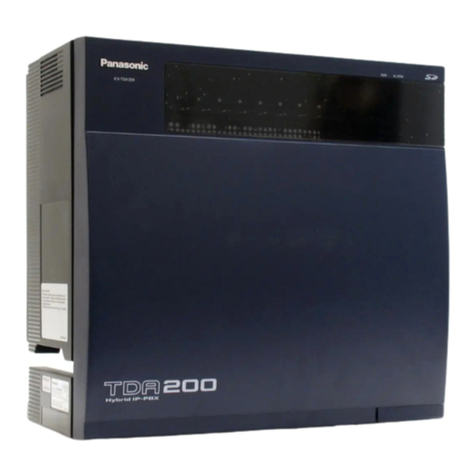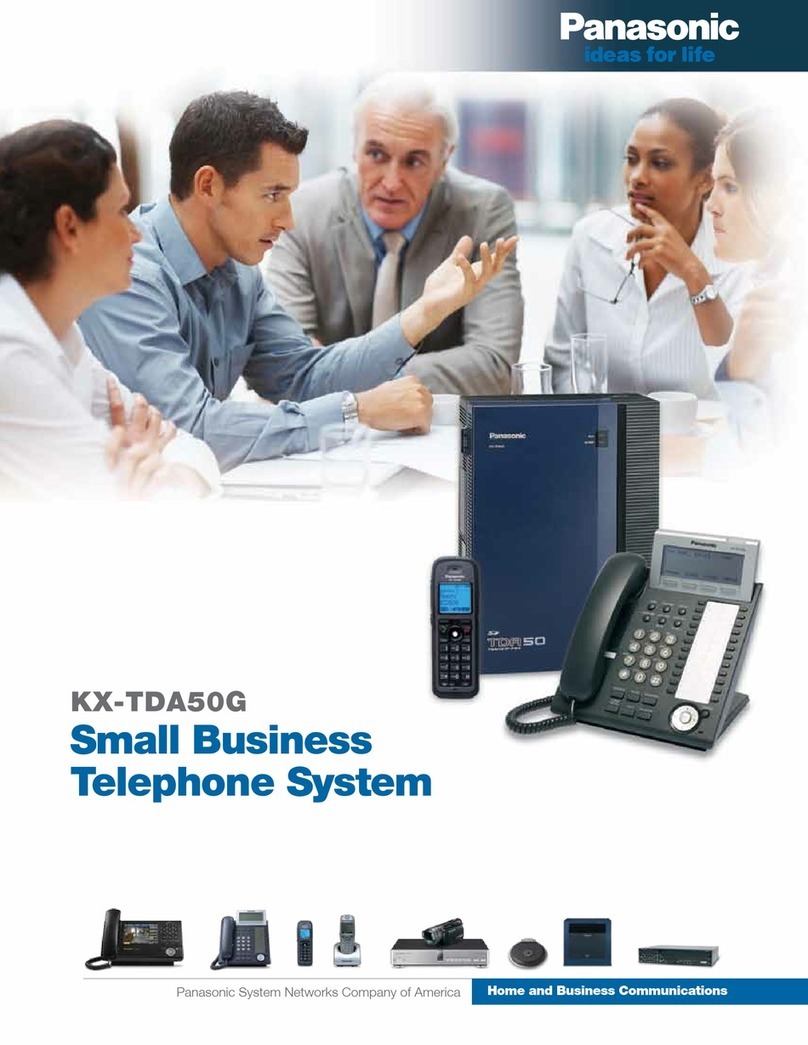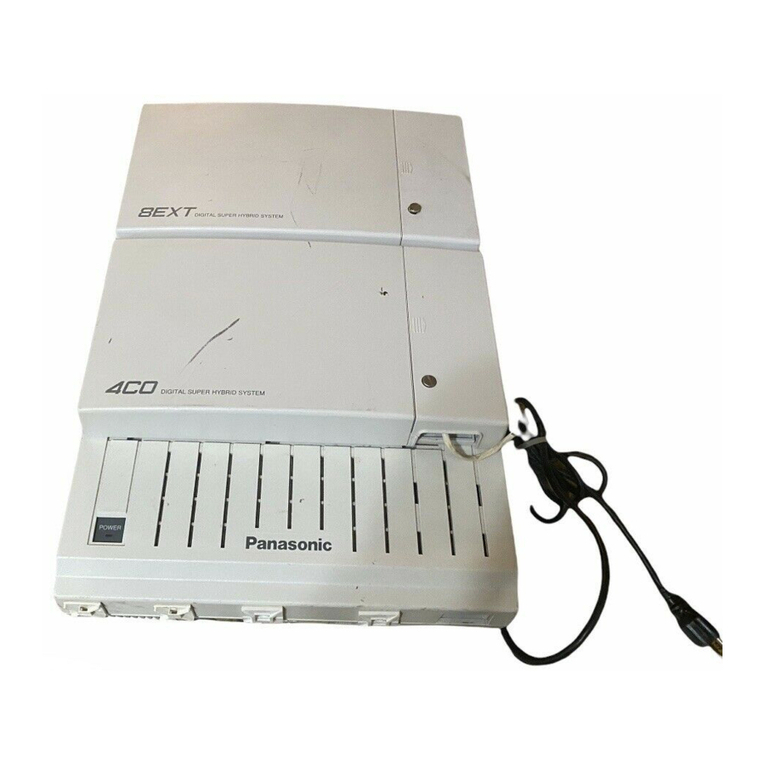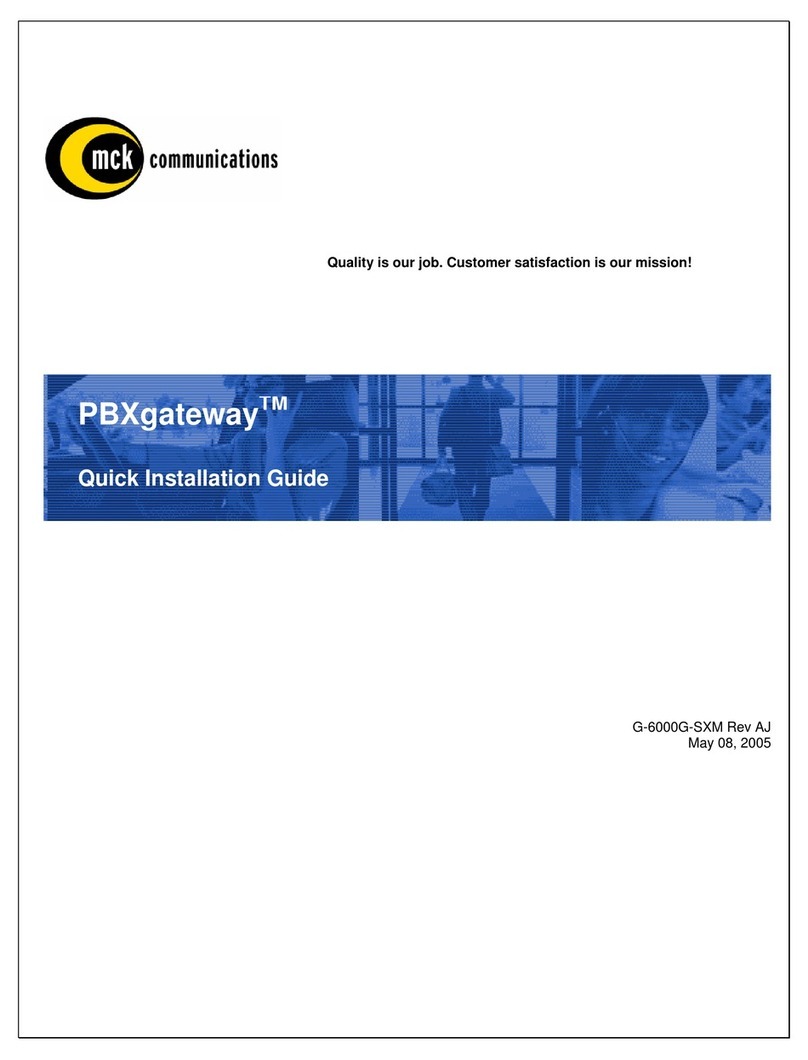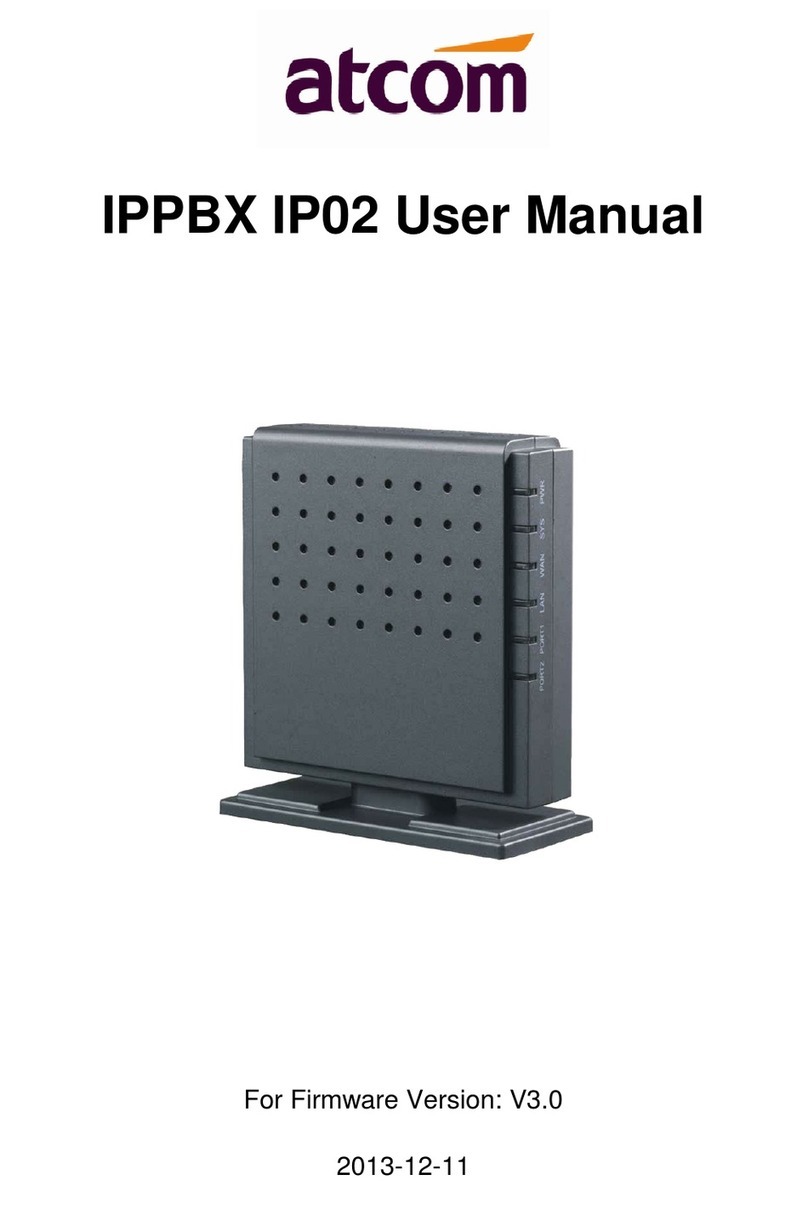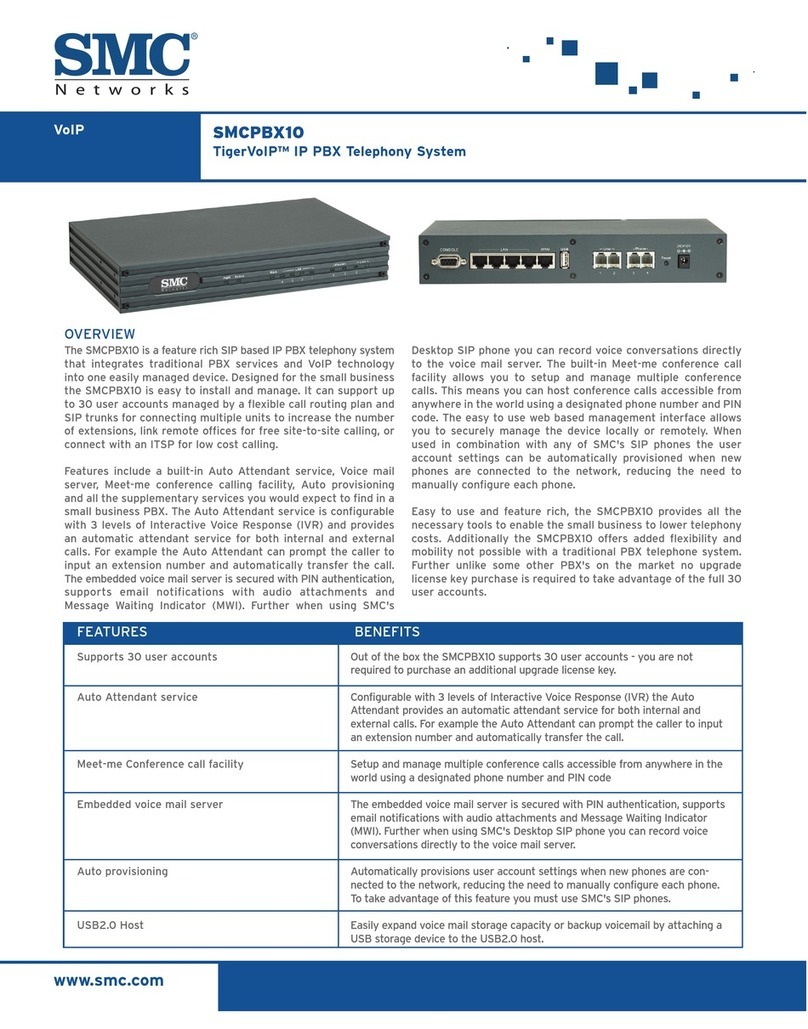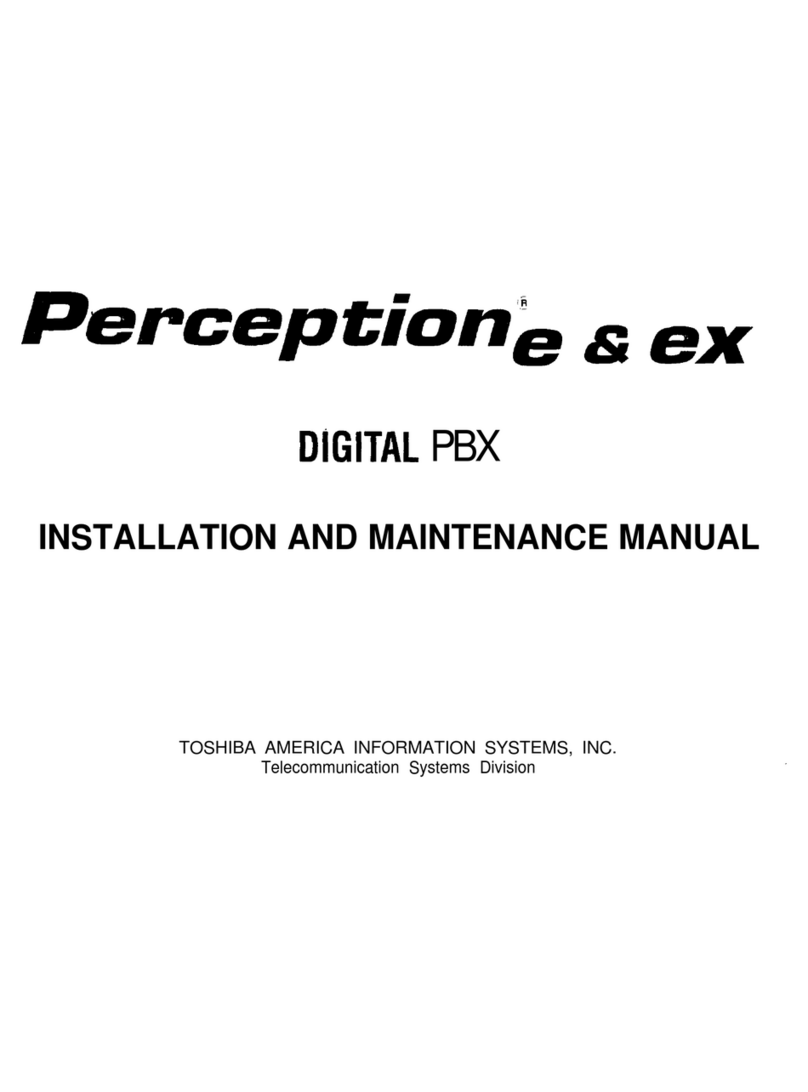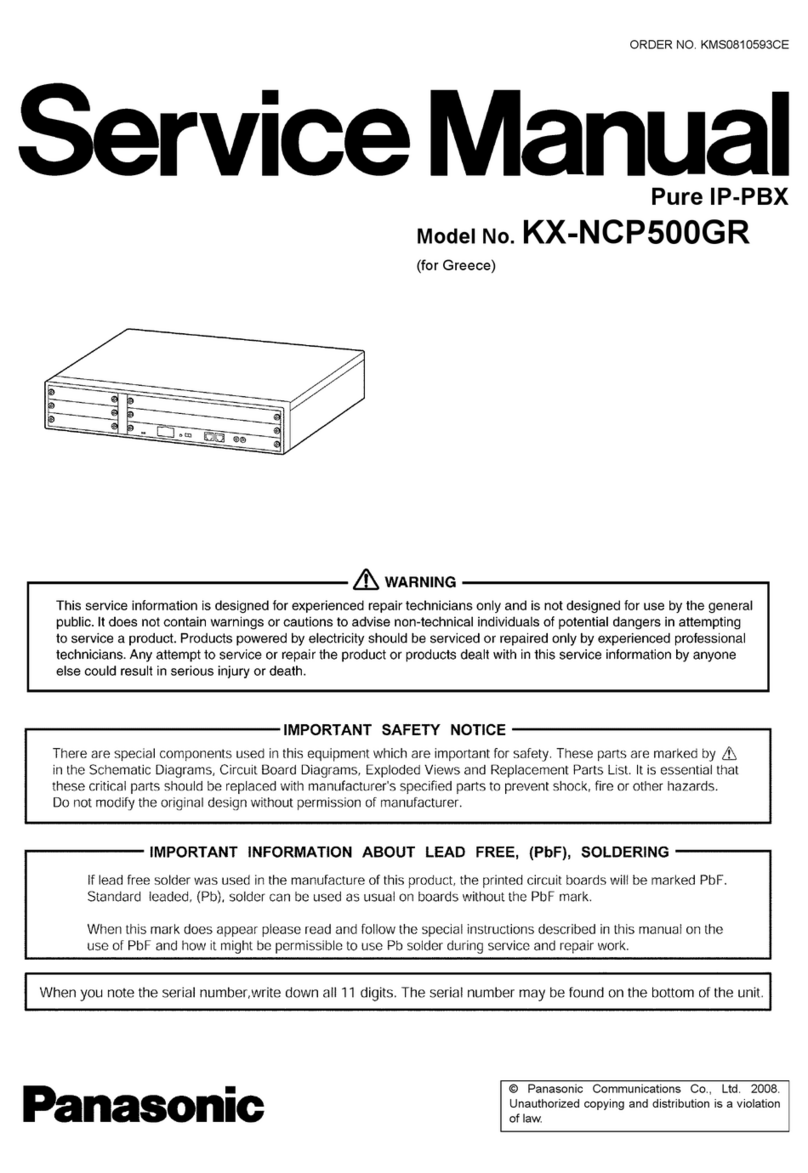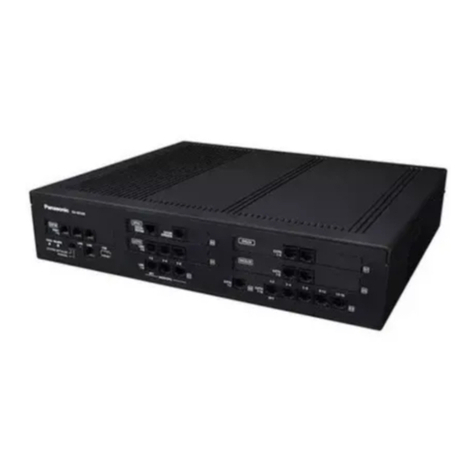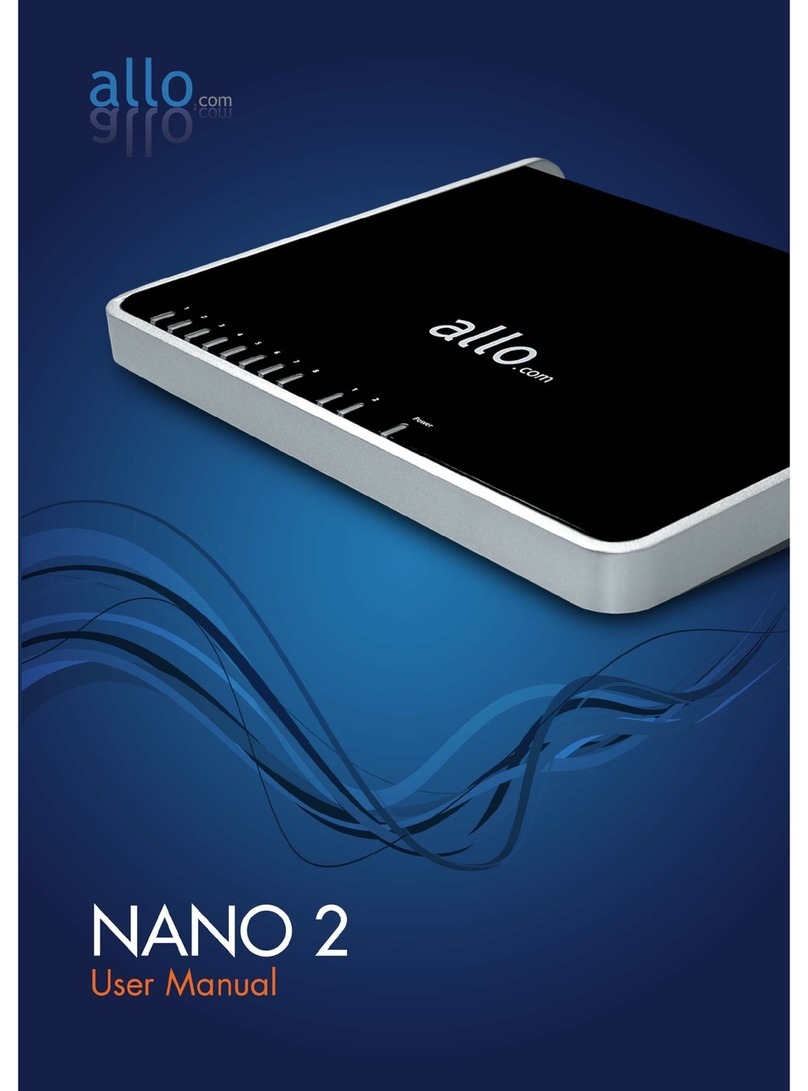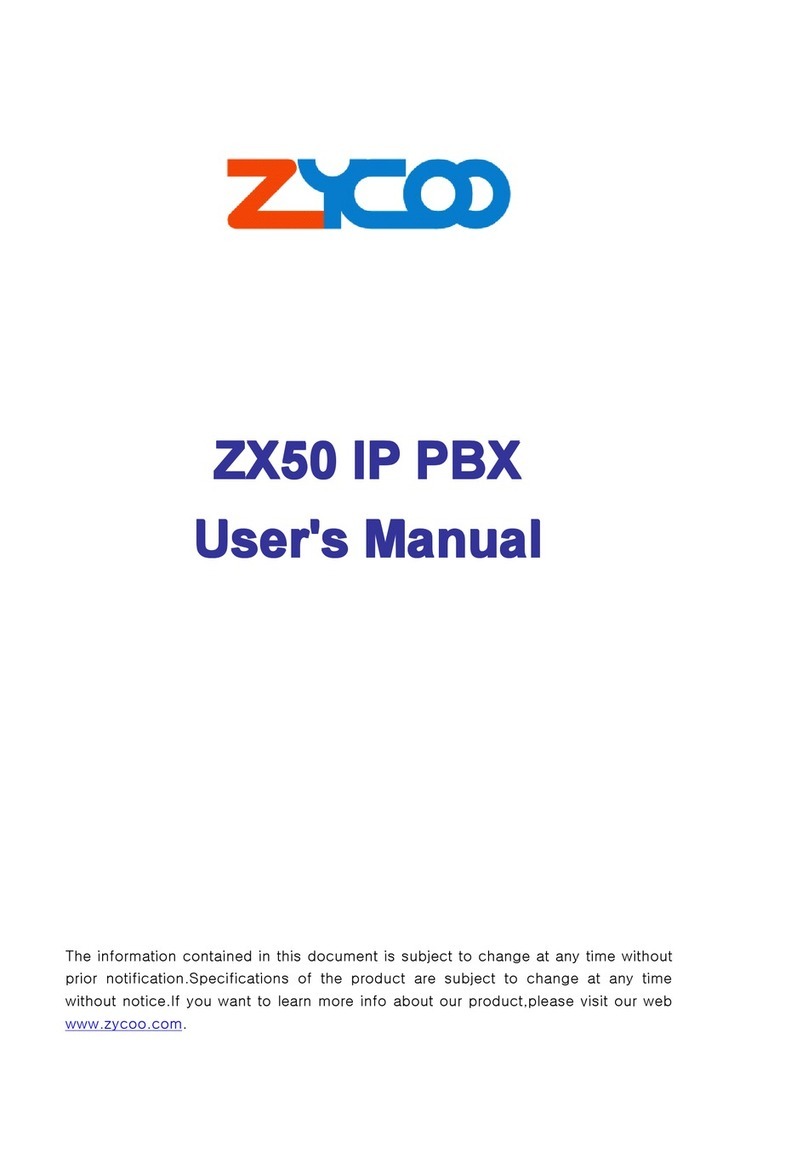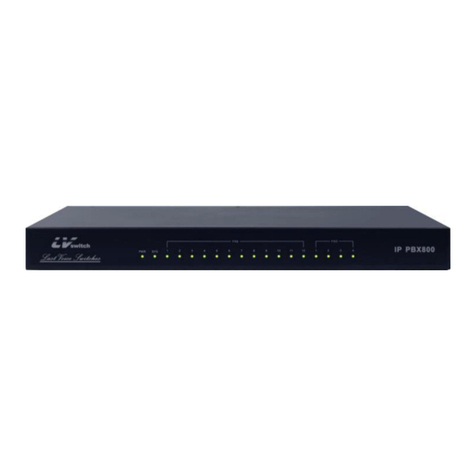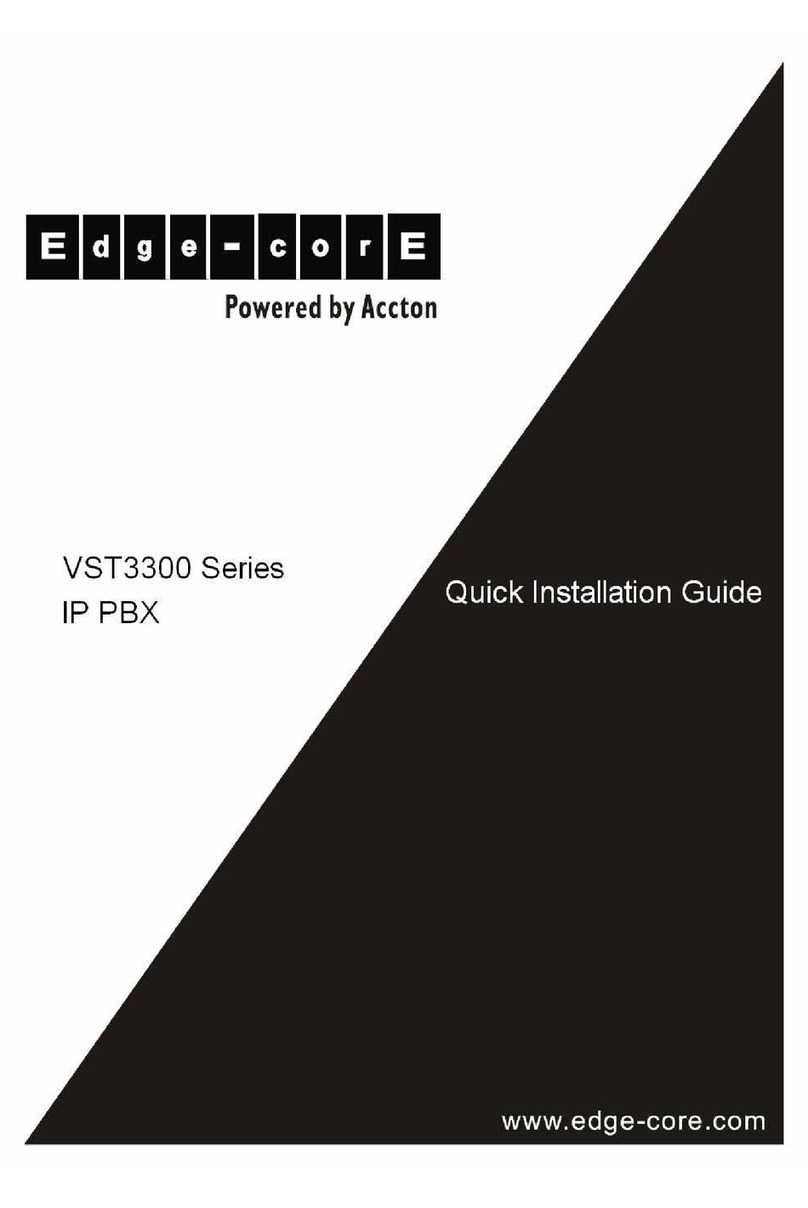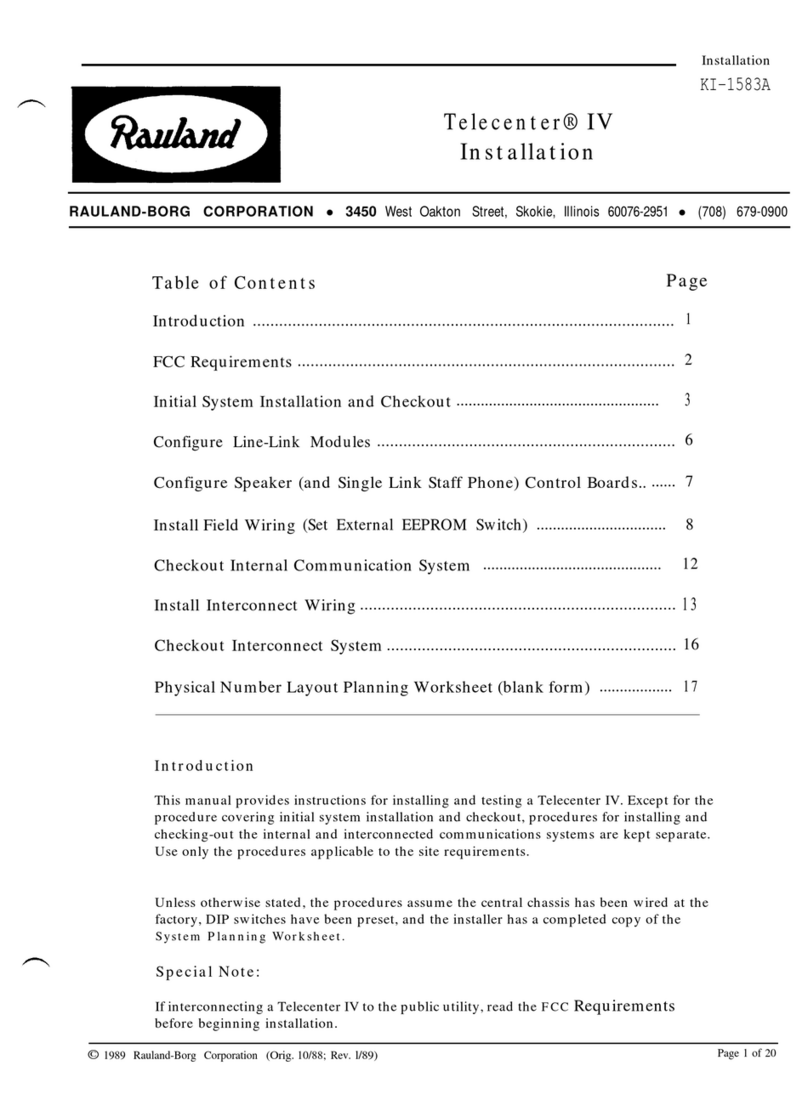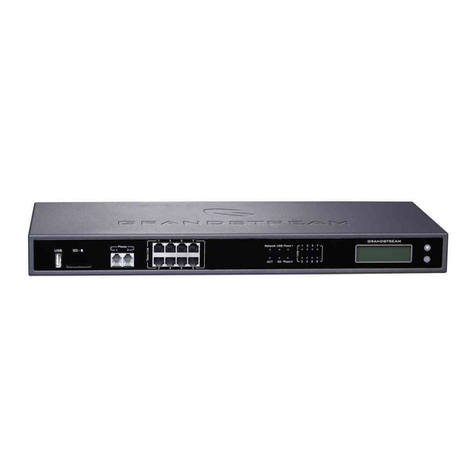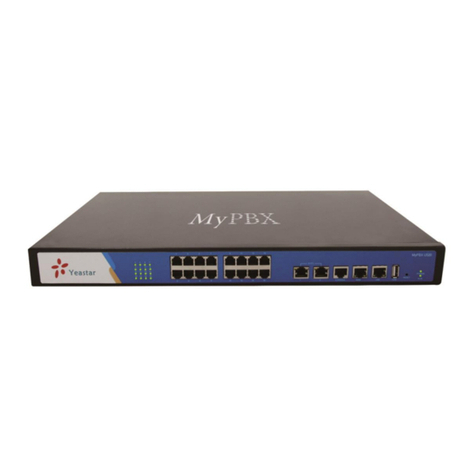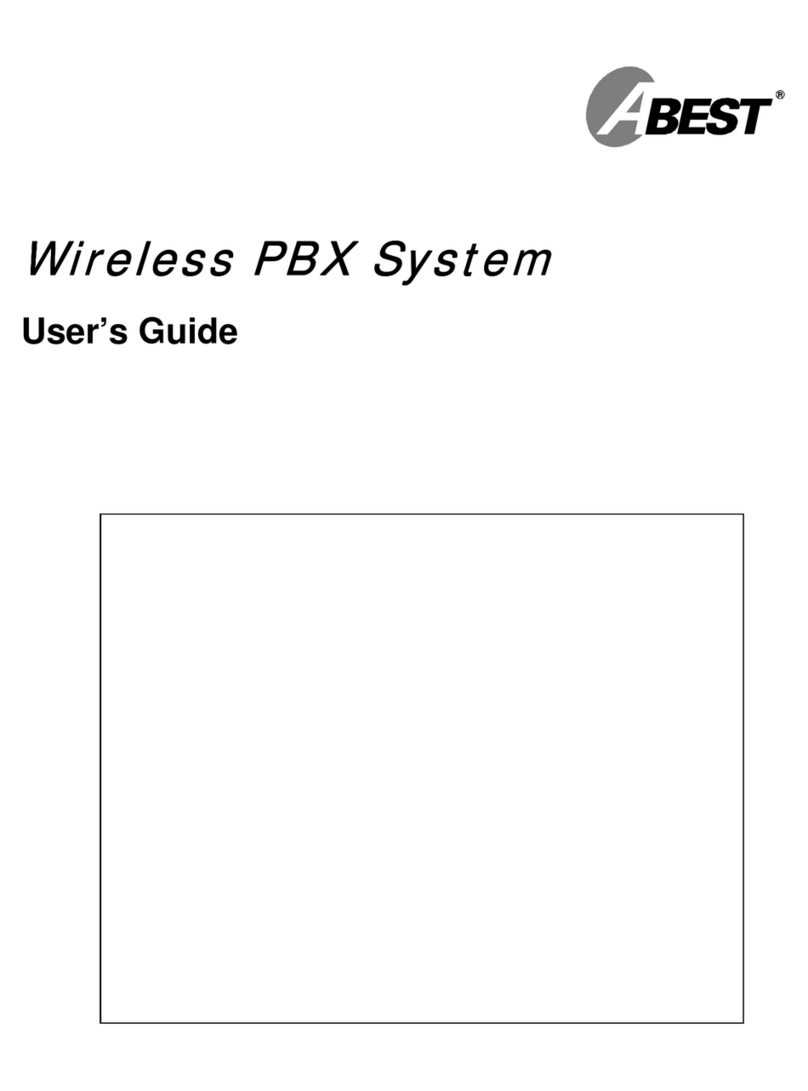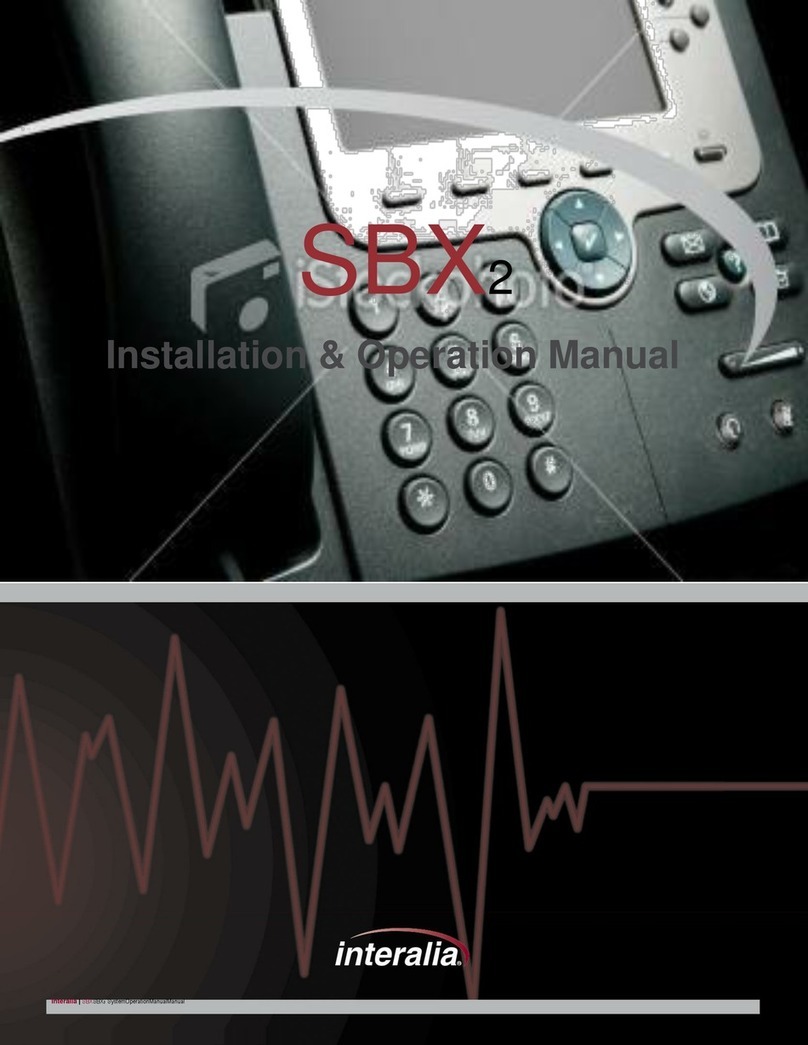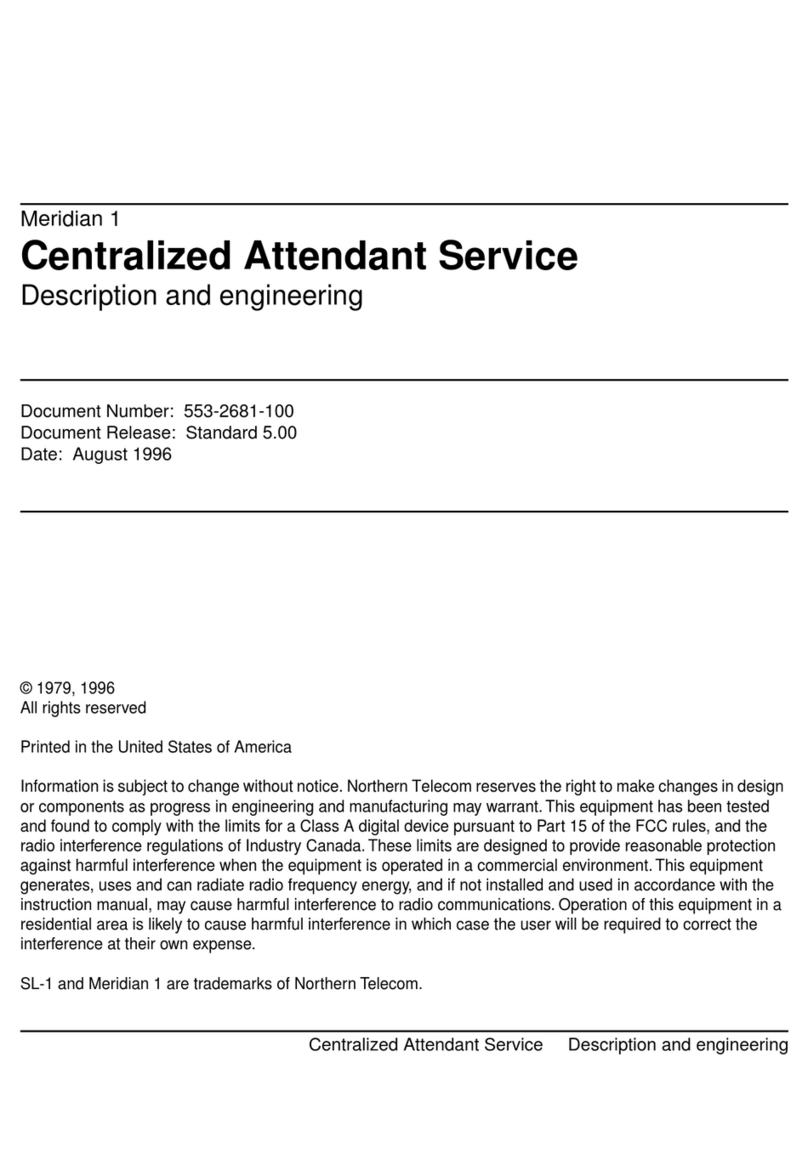
2.14.1 Conference Features—SUMMARY ..............................................................................166
2.14.2 Conference ...................................................................................................................167
2.14.3 Privacy Release ...........................................................................................................169
2.15 Conference Group Call Features .................................................................................170
2.15.1 Conference Group Call .................................................................................................170
2.16 Direct Inward System Access (DISA) Features ..........................................................173
2.16.1 Direct Inward System Access (DISA) ...........................................................................173
2.16.2 Automatic Fax Transfer ................................................................................................183
2.17 Paging Features ............................................................................................................184
2.17.1 Paging ..........................................................................................................................184
2.17.2 Trunk Answer From Any Station (TAFAS) ...................................................................186
2.18 External Device Features .............................................................................................187
2.18.1 Doorphone Call ............................................................................................................187
2.18.2 Door Open ....................................................................................................................189
2.18.3 External Sensor ............................................................................................................190
2.18.4 External Relay Control .................................................................................................192
2.19 Caller ID Features ..........................................................................................................193
2.19.1 Caller ID .......................................................................................................................193
2.19.2 Incoming Call Log .........................................................................................................198
2.20 Message Features .........................................................................................................200
2.20.1 Message Waiting ..........................................................................................................200
2.20.2 Absent Message ...........................................................................................................202
2.21 Proprietary Telephone (PT) Hardware Features .........................................................204
2.21.1 Fixed Buttons ...............................................................................................................204
2.21.2 Flexible Buttons ............................................................................................................206
2.21.3 LED Indication ..............................................................................................................209
2.21.4 Display Information .......................................................................................................212
2.21.5 Self Labelling (KX-NT366 only) ....................................................................................214
2.22 Administrative Information Features ..........................................................................216
2.22.1 Record Log Features ....................................................................................................216
2.22.1.1 Station Message Detail Recording (SMDR) ..............................................................216
2.22.1.2 Syslog Record Management .....................................................................................225
2.22.2 Printing Message ..........................................................................................................226
2.22.3 Call Charge Services ....................................................................................................227
2.23 Hospitality Features ......................................................................................................230
2.23.1 Hospitality Features—SUMMARY ................................................................................230
2.23.2 Room Status Control ....................................................................................................231
2.23.3 Call Billing for Guest Room ..........................................................................................233
2.24 Extension Controlling Features ...................................................................................236
2.24.1 Extension Personal Identification Number (PIN) ..........................................................236
2.24.2 Extension Feature Clear ...............................................................................................238
2.24.3 Walking Extension Features .........................................................................................240
2.24.3.1 Walking Extension .....................................................................................................240
2.24.3.2 Enhanced Walking Extension ....................................................................................241
2.24.4 Timed Reminder ...........................................................................................................243
2.25 Audible Tone Features .................................................................................................244
2.25.1 Dial Tone ......................................................................................................................244
2.25.2 Confirmation Tone ........................................................................................................246
2.26 Computer Telephony Integration (CTI) Features .......................................................248
2.26.1 Computer Telephony Integration (CTI) .........................................................................248
2.26.2 CA (Communication Assistant) ....................................................................................250
2.27 Cellular Phone Features ...............................................................................................251
2.27.1 Cellular Phone Features—SUMMARY .........................................................................251
2.28 Miscellaneous Features ................................................................................................252
2.28.1 Background Music (BGM) ............................................................................................252
Feature Guide 9
Table of Contents
